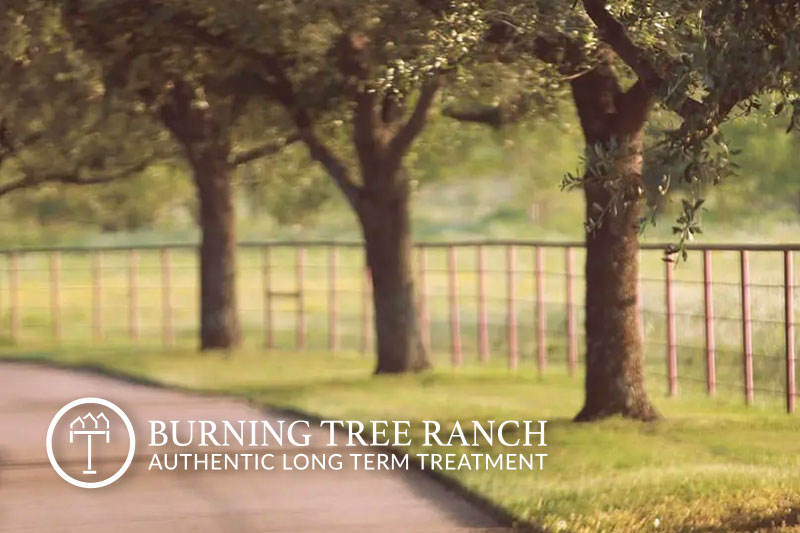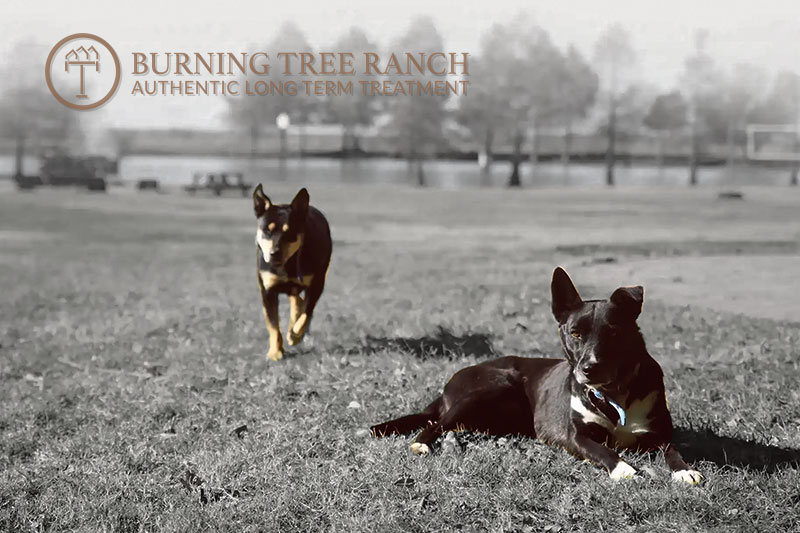Therapies
Neurofeedback Therapy for Addiction and Mental Health Treatment
Neurofeedback therapy is a non-invasive treatment designed to instruct patients on controlling brainwave activity to change behaviors. Studies have shown it to be effective in adults with ADD/ADHD and is an effective tool in changing behaviors related to substance abuse when combined with other therapeutic practices, especially where co-occurring disorders have been diagnosed.
Neurofeedback Therapy at Burning Tree Ranch
Burning Tree Ranch is a specialty program dedicated to the treatment of chronic addiction and mental health. Our program is long-term, progress-based, and highly intensive.
We use Neurofeedback Therapy to help measure levels of anxiety, depression, and impulse control throughout treatment. It is particularly therapeutic for clients who struggle with depression and anxiety.
What to Expect in Neurofeedback Therapy
The first step in neurofeedback therapy is a qEEG (quantitative Electroencephalography). Sensors are attached to the patient’s head, and brain activity is recorded. The data is used to create “brain maps.” The process is noninvasive and painless.
Once the data is collected & converted, a trained neurotherapist helps the patient learn how to change his or her brainwave patterns. Very little training is needed on the part of the patient as most of the gains are made using computer games, with feedback delivered in a combination of audio and visual cues. Patients learn how to control brainwave patterns by manipulating the results and actions produced in the cues.

“Neurofeedback allows us to measure levels of anxiety, depression, and impulse control throughout the course of treatment. It is particularly therapeutic for clients who struggles with depression and anxiety.”
Jennifer Boofer, BA, Neurofedback Technician
The Science Behind Neurofeedback Therapy
Brain waves are a well-established segment of human biology. It’s believed that these waves play a crucial role in regulating mood, attention, and behavior. Studies show that different brain wave patterns are associated with various mental states, such as relaxation, focus, or stress.
Brainwave Activity and Neurofeedback
The brain produces electrical activity known as brain waves, which can be measured using electroencephalography (EEG). These brain waves are classified into different types based on their frequency:
- Delta Waves (0.5-4 Hz): Associated with deep sleep and restorative processes.
- Theta Waves (4-8 Hz): Linked to drowsiness, meditation, and the early stages of sleep.
- Alpha Waves (8-12 Hz): Present during relaxed, calm states and light meditation.
- Beta Waves (12-30 Hz): Dominant during active thinking, problem-solving, and focus.
- Gamma Waves (30-100 Hz): Involved in high-level cognitive processing, such as learning and memory.


Mechanisms of Action
Neurofeedback leverages the brain’s ability to change and adapt, known as neuroplasticity. By repeatedly practicing desired brainwave states, individuals can create new neural pathways and strengthen existing ones, leading to lasting changes in brain function.
The process of monitoring and adjusting brainwave activity enhances self-regulation skills. Individuals become more aware of their physiological responses and learn to control them, improving mental and emotional well-being.
Application of Neurofeedback Therapy for Treating Chronic Addiction
Neurofeedback therapy can be a valuable tool in the treatment of addiction, helping individuals reduce cravings, improve impulse control, and promote relaxation.
Individuals with a chronic addiction may exhibit elevated high beta wave activity due to anxiety, cravings, and hyper-vigilance, particularly during withdrawal or when discussing stressors or trauma.
Low beta wave activity, on the other hand, may indicate reduced cognitive function, poor focus, and difficulties in decision-making, which are common in individuals with a history of substance abuse.
When used as part of a long-term substance abuse program, patients in residential neurofeedback therapy have experienced:
- Improved social relationships
- Greater Self-esteem
- Reduced oppositional behaviors
- Less irritability and stress
- Greater relaxation
- Improved body control
- Better ability to control thoughts and emotions

Combining Neurofeedback Therapy with Other Treatment Modalities
The best treatment outcomes necessitate a comprehensive, individualized treatment approach incorporating multiple evidence-based therapies. Neurofeedback therapy may yield positive results in some clients but not others. By integrating several types of therapies, we can create a powerful synergy that enhances the overall effectiveness of treatment.
Explore Other Therapies we Use to Treat Addiction at Burning Tree Ranch
Incorporating Neurofeedback Therapy in Long-Term Treatment
The circumstances of long-term residential treatment allow us to create a treatment program unlike anything else in the world.
By incorporating neurofeedback therapy into our long-term treatment program, we provide our clients with a powerful tool for self-regulation, emotional balance, and sustained mental well-being, empowering them to build a life of excellence beyond sobriety.
Our promise to families is to deliver life-changing clinical interventions to those who have been unable to find freedom from the unending cycle of relapse.




